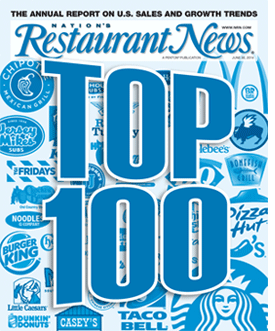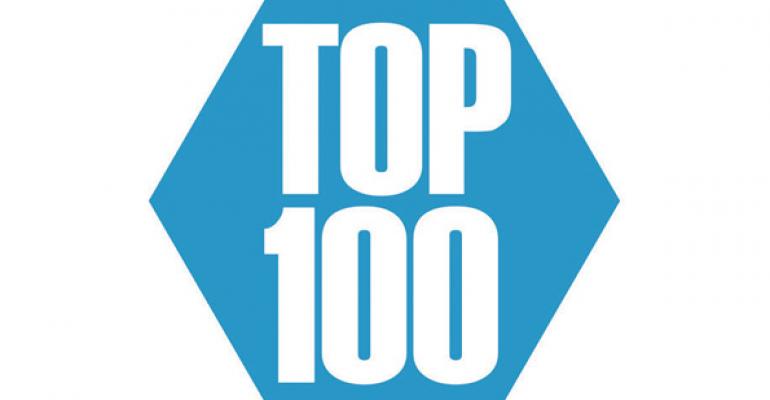While it’s too soon to say that a full changing of the guard has occurred in the restaurant industry, a major shift is undoubtedly underway. Emerging brands that are specialized, offer craveable menu items and build a culture of people first — both customers and employees — are aggressively stealing share. Those left holding a smaller piece of the pie are mature, sometimes dated restaurant chains that have dominated for decades by sheer size and scope, but are falling out of consumer favor and struggling to grow.
In the Nation’s Restaurant News annual Top 100 report, the largest U.S. restaurant chains are tracked and analyzed with 21 metrics each — three years of data covering systemwide sales, unit counts, estimated sales per unit, market share and more. While the data paints a picture of the domestic restaurant industry as it stands today, it is also predictive of where it is headed tomorrow.
McDonald’s and Subway still reign supreme as the largest and second-largest chains, raking in more than $48 billion in sales with more than 40,600 locations combined. But their share of market is decreasing. McDonald’s posted its smallest gain in U.S. systemwide sales in three decades (just 0.7 percent), and Subway saw three sandwich segment competitors book sales gains upward of 15 percent, while it gained less than 1 percent.
Larry Miller, a longtime restaurant securities analyst and now founder of MillerPulse, a sales tracking survey, summed it up best: The restaurant industry’s top performers “are the contemporary versions of the concepts they are replacing.”
Brands that don’t have the burden of decades in operation have been able to leapfrog the pack with better unit economics, more on-trend menu development and digital marketing with a consumer demographic hungry for that connection.
It is a time of change, and our Top 100 data supports this seminal shift. This year we see the Beverage-Snack category build share as consumers look to nontraditional dayparts for snacking and to brands like Starbucks Coffee, or even convenience stores, to fill more of their needs.
This Top 100 report is the only industry census that tracks and predicts this level of change, brand by brand, segment by segment and dollar by dollar. While it will take time to shift the landscape of $222.1 billion in sales earned collectively by the Top 100 chains, fault lines are beginning to form, and upstarts are plotting their next aggressive moves. The action is palpable.
Contact Sarah E. Lockyer at [email protected].
Follow her on Twitter: @slockyerNRN





